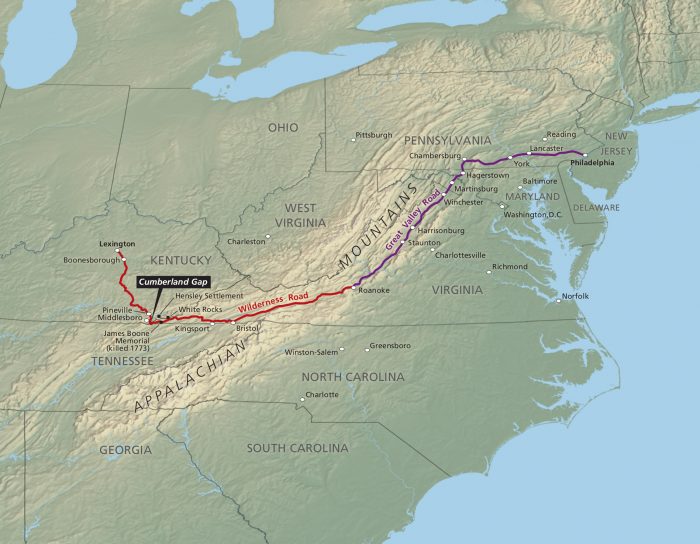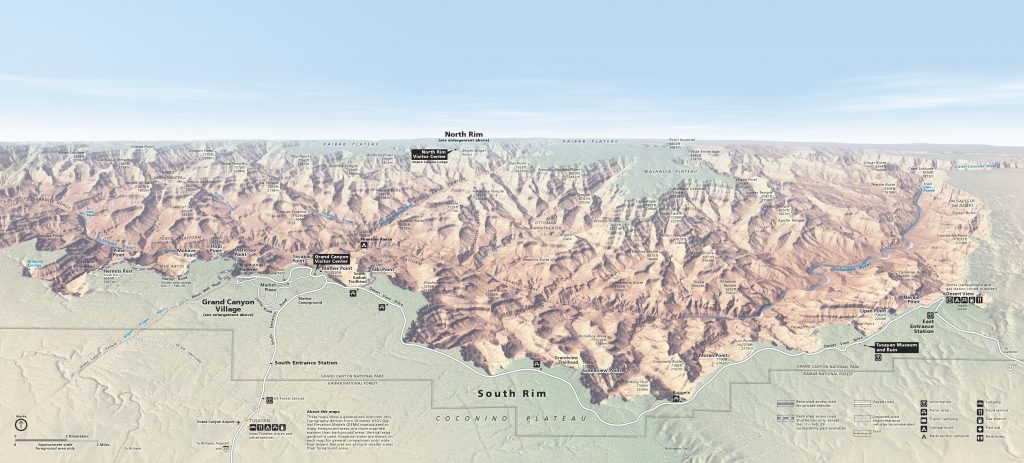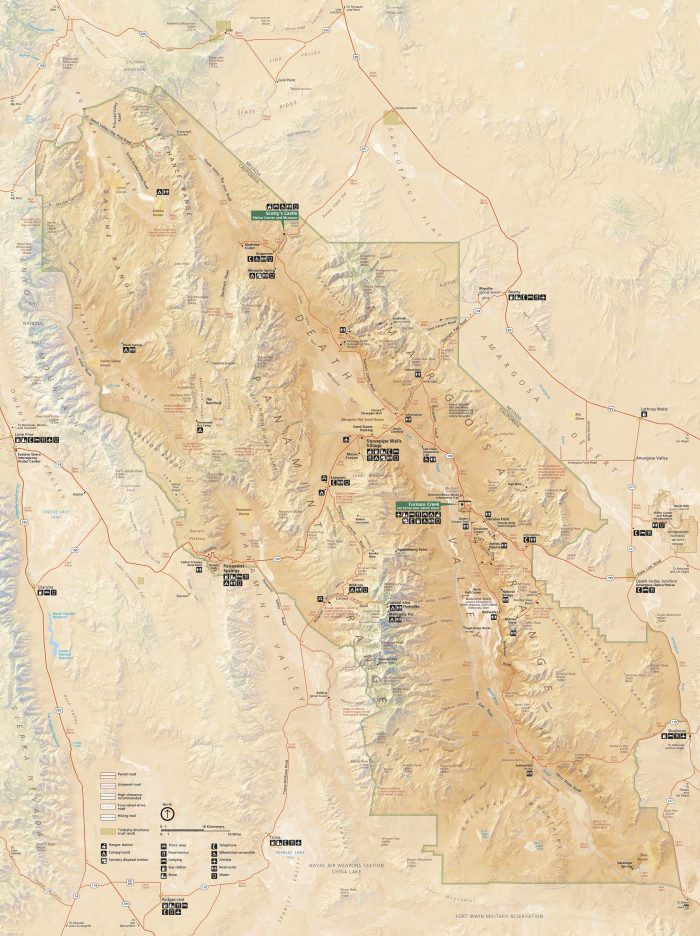Martin Amis once criticized his fellow novelist J.M. Coetzee for writing in a style “predicated on transmitting absolutely no pleasure.” This confused those of us readers who enjoy both men’s books, but then British tradition, of which Amis has been an inheritor as well as a critic, says that if someone gets put on a pedestal, you must at least try to knock them down. The South African Coetzee, winner of one Nobel Prize and two Bookers, doesn’t exactly want for acclaim, but his stark prose and ascetic, ultra-serious images hardly make him seem like an author drunk on his own literary power.
In a controversial profile, Coetzee’s countryman Rian Malan wrote that “a colleague who has worked with him for more than a decade claims to have seen him laugh just once.” We might expect the author of books like Waiting for the Barbarians, Disgrace, and Elizabeth Costello to declare what he declares in the interview clip above: “Writing, in itself, as an activity, is neither beautiful nor consoling. It’s industry.” Yet he does credit it with certain pleasures, “the pleasures of total engagement, hard thought, verifiable activity, verifiable results. Productiveness.”
“Having written the book, being able to look back on having completed the book, may or may not be consoling, but writing a book is quite different.” Work, asks the interviewer? “Yes. It’s good work.” And why do this work in the first place? Coetzee would advise against the mission of “transforming the world into the world as it should be. That would be too much of a task if one undertook it every time.” He finds “grasping the world as it is, putting it within a certain frame, taming it to a certain extent” — taming “its wildness, its disorder, its chaos” — “quite enough of an ambition.”
These words come from an episode of the Dutch documentary series Of Beauty and Consolation on Coetzee which aired in 2000, after the publication of Boyhood but before that of Youth and Summertime, the books of his trilogy of partially fictionalized “autrebiography” in which he grasps frames, and tames the events of his own experience. “I haven’t forgotten the miseries of my childhood,” he says, going on to insist that misery has no beauty in itself. “I have plenty of happy moments in my childhood, many of which are in the book. The richness of those moments depends very heavily on their being embedded in a certain life. A book is a way to bring that life to life,” in its pleasures and sorrows alike.
Related Content:
Lists of the Best Sentences — Opening, Closing, and Otherwise — in English-Language Novels
The Reader: A Touching South African TV Commercial Celebrates Literacy and Scotch
Based in Seoul, Colin Marshall writes and broadcasts on cities and culture. He’s at work on a book about Los Angeles, A Los Angeles Primer, the video series The City in Cinema, the crowdfunded journalism project Where Is the City of the Future?, and the Los Angeles Review of Books’ Korea Blog. Follow him on Twitter at @colinmarshall or on Facebook.








